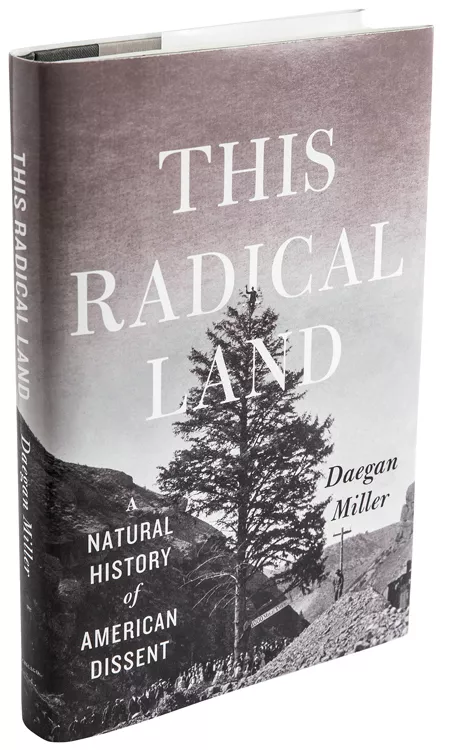In Review: This Radical Land
Daegan Miller's new book traces the ecologies of American dissent

Nearly 20 years before the Emancipation Proclamation, Gerrit Smith, a wealthy New York landowner who was disgusted by slavery and his own white privilege, redistributed 120,000 acres of his land among 3,000 black families for $1 per lot. Around the same time, a burgeoning tenant-farmer movement to abolish private property led to the creation of a new Equal Rights Party. Although they are less famous than Ralph Waldo Emerson and John Muir, political radicals like Smith and the founders of the Equal Rights Party were among the first to view the preservation of wildlands as inextricably linked to the struggles against slavery, Manifest Destiny, and industrial capitalism run amok. These reformers and their campaigns of resistance are the focus of Daegan Miller's This Radical Land: A Natural History of American Dissent (University of Chicago Press, 2018).
Some of America's most iconic wild places were a staging ground for experimental dissent. In the 1880s, around 40 anarchists claimed a stake in what is now Sequoia National Forest to establish the Kaweah Colony. They declared a new name for the General Sherman Tree—Karl Marx—and proposed a new economic, social, and environmental system in which labor was compensated according to the "life force"expended to complete the work. Other freethinkers attempted to challenge the system from inside. In the late 1860s, Union Pacific Railroad hired Captain A. J. Russell as its official photographer. Tasked with producing a two-volume compendium of images promoting transcontinental adventure, he delivered instead a blistering series of subversive photographs testifying to the waste and greed of industrial engineering (Union Pacific parted ways with him after Volume 1).
These stories are organized into "acts" themed according to specific landscapes. The theatrical tactic helps illustrate that, in Miller's words, "who we are depends on where we are . . . that the best boundaries are not the ones that securely wall off one thing from another . . . but the ones that invite transgression so that we all may awake to a new day in a wild, enchanted world."
This article appeared in the May/June 2018 edition with the headline "Ecologies of Dissent."
 The Magazine of The Sierra Club
The Magazine of The Sierra Club



